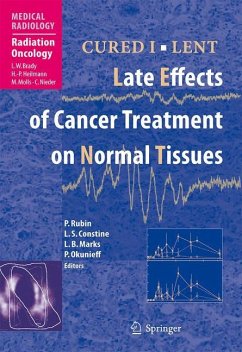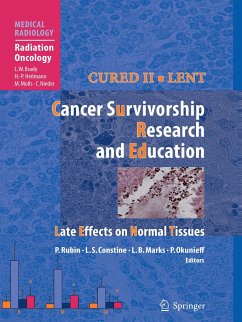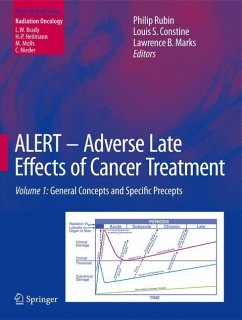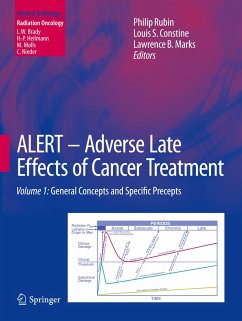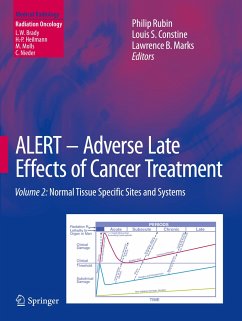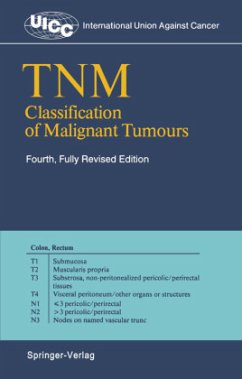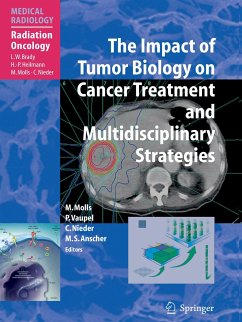
CURED I - LENT Late Effects of Cancer Treatment on Normal Tissues
Versandkostenfrei!
Versandfertig in 6-10 Tagen
113,99 €
inkl. MwSt.

PAYBACK Punkte
57 °P sammeln!
The search for the most favorable therapeutic ratio - at which ablation of cancer is achieved while normal tissues are conserved - has been modern radiation oncology's equivalent of the quest for the Holy Grail. Our awareness of the late effects of radiation grew during the past century as new modalities were introduced. Heightened normal tissue reactions accompanied the higher rates of cancer ablation achieved by escalation of radiation doses, accelerated fractionated radiotherapy, and aggressive concurrent chemotherapy and radiation regimens. This volume is based on the LENT V NCI-sponsored meeting held in May 2004 and the CURED I conference held in 2006. Written by experts in the field, it addresses a number of critical topics relating to late effects, such as mechanisms of injury, the role of screening, options for interventions, second malignancies, and prevention. It is hoped that it will assist the reader in understanding how to prevent and treat the long-term side-effects of irradiation.
The rapid advances in radiation oncology, radiation biology, and radiation therapy physics have led to an accumulation of information on the interactions of radiation with other therapeutic modalities, such as the wide array of chemotherapeutic agents being employed in combination with radiation therapy, as well as the multiple biologic response modi? ers that are being used in combination with radiation therapy. It is now recognized that they have a signi? cant impact on normal tissue toxicities. The radiation doses customarily deemed safe on the basis of past experience have now, when combined with other modalities, led to severe late effects in different vital organs. The previously de? ned radiation tolerance dosages remain as valuable guides, but their applicability has changed signi? cantly. The emphasis is now placed on the volume of the organ irradiated, as well as the dose being used. New constructs rel- ing global (whole organ) and focal (partial volume) injury as a function of the dose volume histogram emerge as a signi? cant predictor of late effects on normal tissues. There are now mathematical models such as the model on standard dose, time-dose factors, and accumulated radiation effects that have been supplanted by linear-q- dratic equations using the alpha/beta ratio and its clinical applicability to normal tissue complications. This volume presents contemporary data relating to late effects on normal tissues.



